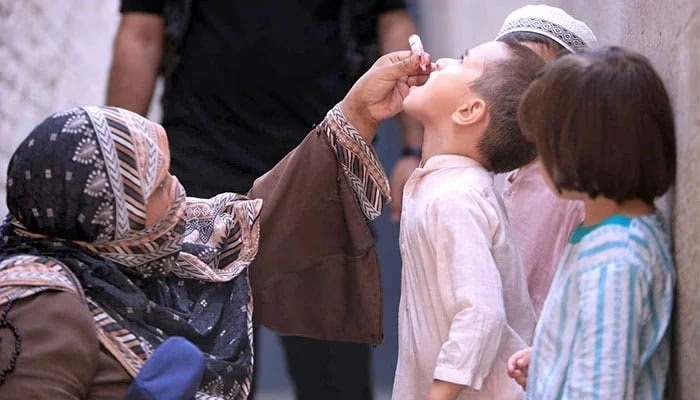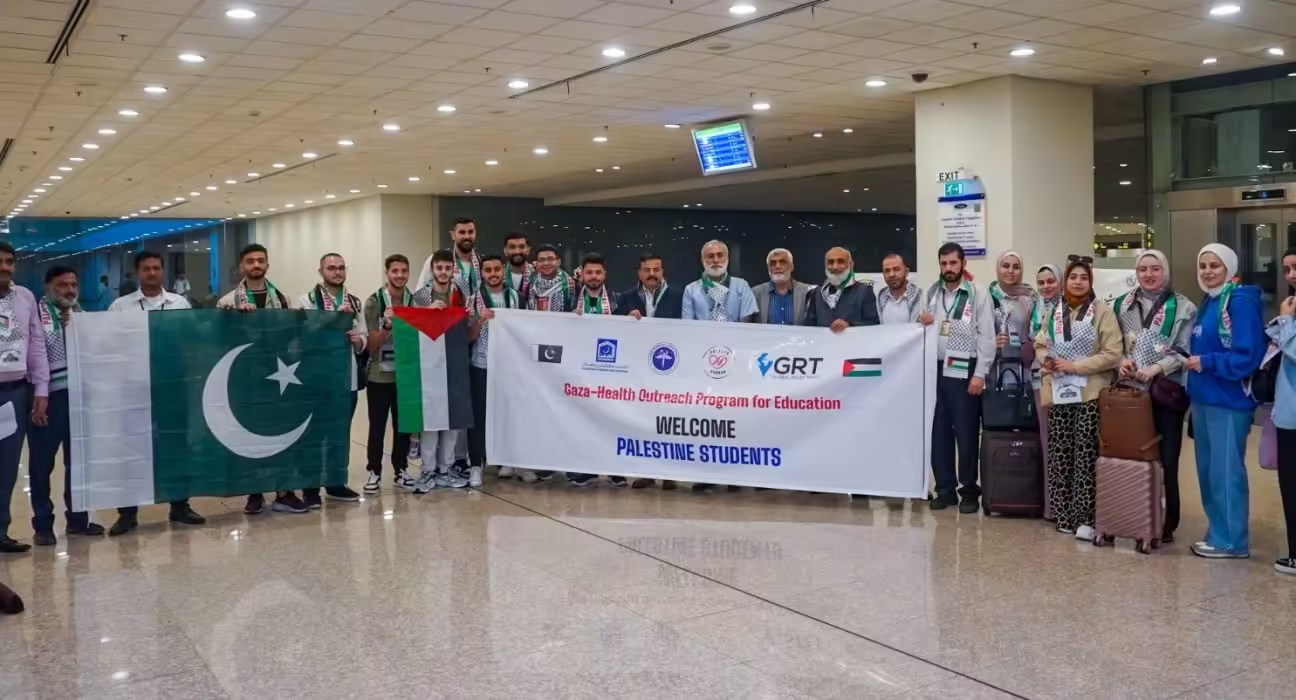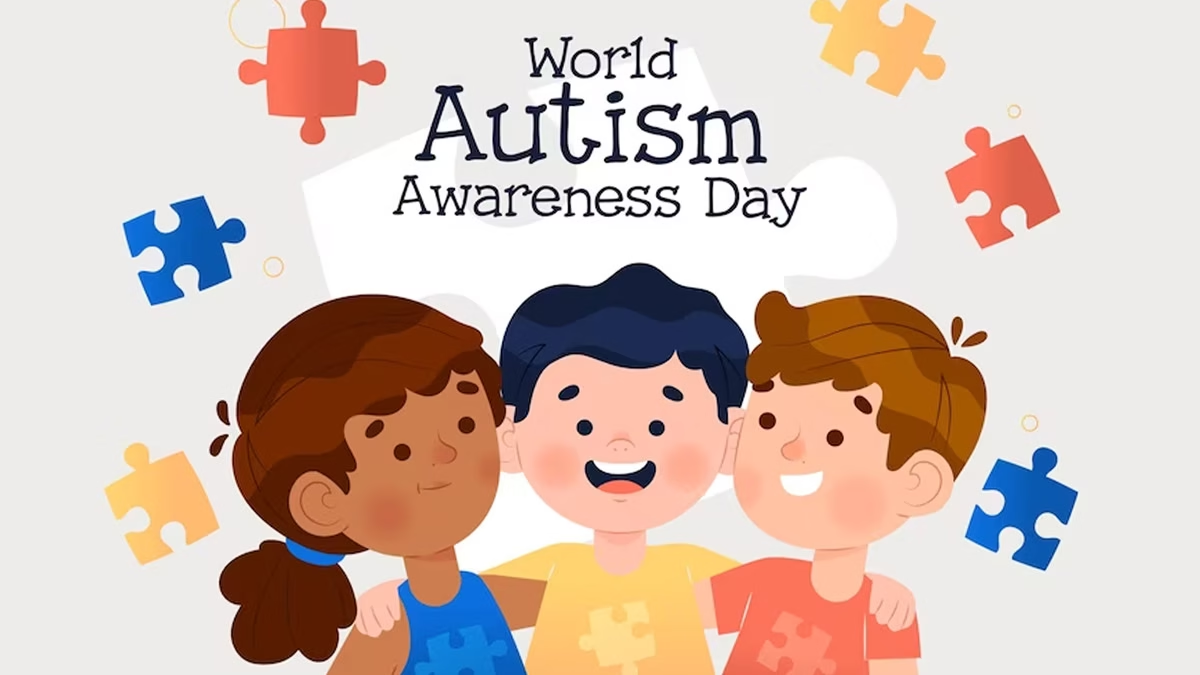A new wild poliovirus case in Torghar district of Khyber Pakhtunkhwa has been confirmed by the Regional Reference Laboratory for Polio Eradication at the National Institute of Health (NIH), Islamabad. This latest confirmation brings Pakistan’s total number of polio cases in 2025 to 30, underscoring that while significant progress has been made toward eradication, the fight against this crippling disease is not yet over.
The recently detected case involves a 12-month-old boy from Union Council Ghari in Torghar district — the second such case from this area. According to official data, Khyber Pakhtunkhwa continues to report the highest number of infections, with 19 cases this year, followed by nine in Sindh, and one each in Punjab and Gilgit-Baltistan. These figures highlight that despite strong vaccination efforts, virus transmission persists in certain high-risk pockets of the country.
The confirmation of the new wild poliovirus case in Torghar coincides with the results of ongoing environmental surveillance across Pakistan. During September 2025, the Pakistan Polio Programme collected 127 sewage samples from 87 districts to monitor poliovirus circulation. Out of these, 81 samples tested negative, while 44 returned positive results, and two are still under examination.
A closer look at the province-wise data reveals mixed outcomes. Balochistan recorded 21 negative and two positive samples, while Punjab had 22 negative, eight positive, and one pending. Khyber Pakhtunkhwa reported 24 negative and 10 positive samples. Sindh showed seven negative and 21 positive results, Islamabad reported four negative and one positive, Azad Jammu and Kashmir had three negative samples, and Gilgit-Baltistan registered one negative and one positive.
Despite these findings, officials say there has been an overall decline in positive detections compared to earlier months. This drop is attributed to the success of recent, high-quality vaccination campaigns that have reached millions of children. However, they caution that virus circulation continues in specific high-risk areas such as South Khyber Pakhtunkhwa and parts of Sindh, emphasizing the importance of sustained and targeted interventions.
Polio remains one of the world’s most infectious and incurable diseases. It primarily affects children under five and can cause irreversible paralysis within hours of infection. The only effective protection is through repeated doses of the Oral Polio Vaccine (OPV), which builds immunity and prevents the virus from spreading within communities. For this reason, health authorities stress that every child must receive the OPV during each national or sub-national campaign, in addition to completing routine immunisations.
To address ongoing challenges, the Polio Eradication Initiative (PEI) has strengthened its operations and strategies. The National Task Force has endorsed a new roadmap for 2025–26, which aims to completely interrupt virus transmission by enhancing vaccination coverage, strengthening routine immunisation, and improving surveillance systems. Multiple supplementary immunisation activities are planned over the coming months, particularly targeting vulnerable regions where the virus continues to circulate.
Pakistan’s fourth national polio vaccination campaign of 2025 concluded last week, successfully reaching more than 44 million children across the country. Meanwhile, a separate campaign in South Khyber Pakhtunkhwa is currently underway from October 20 to 23. These initiatives are being implemented by over 400,000 dedicated frontline workers who go door to door to ensure that no child is left unvaccinated.
Health authorities and international partners commend the continued commitment of these vaccination teams, who often work in challenging environments to reach remote and underserved communities. The government has reiterated that eradicating the virus is not just a public health goal but also a national responsibility that requires collective action from all sectors of society.
Parents and caregivers are being urged to ensure that their children receive all recommended doses of the polio vaccine. Community leaders, teachers, religious scholars, and the media also play a critical role in dispelling myths and misinformation about vaccination. By fostering awareness and trust, they can help build stronger community participation — a key element in breaking the chain of transmission.
The detection of another wild poliovirus case in Torghar serves as a stark reminder that complacency could reverse hard-won progress. While the number of cases remains far lower than in previous years, the continued presence of the virus in the environment means Pakistan must remain vigilant. The success of eradication depends on every parent, health worker, and community member doing their part to ensure complete vaccination coverage.
With coordinated national campaigns, improved surveillance, and community cooperation, Pakistan stands closer than ever to achieving a polio-free future. However, as the wild poliovirus case in Torghar demonstrates, the final phase of eradication demands persistence, precision, and partnership at every level. Only through sustained collective effort can the country permanently eliminate this disease and protect future generations from its devastating effects.



